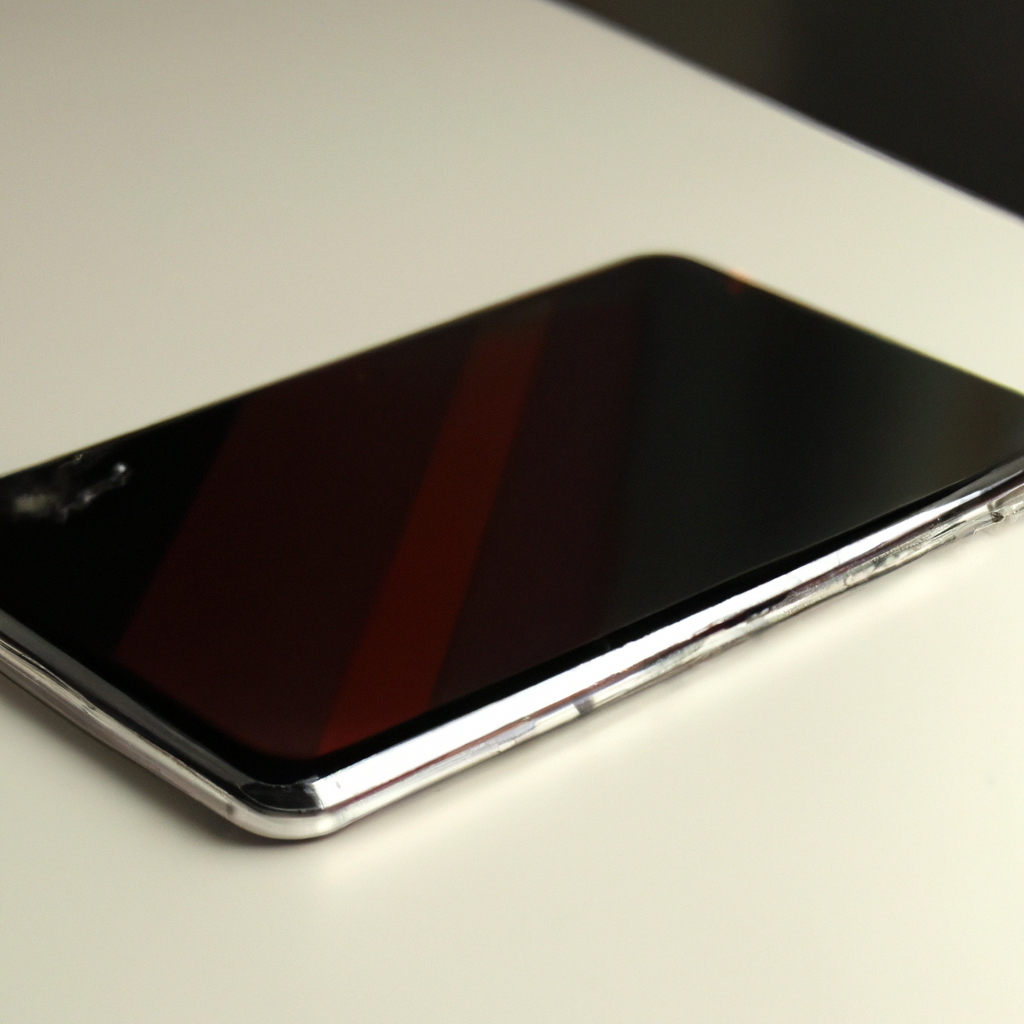Cell phone technology has come a long way since the first mobile phone was introduced over four decades ago. Today, smartphones are ubiquitous and have become an integral part of our daily lives. But have you ever wondered how a cell phone works? In this article, we will explore the mobile phone mechanics, the cellular device function, smartphone operation, and wireless communication principles that make our cell phones work.
Overview of Mobile Phone Mechanics
A cell phone is a portable electronic device that uses radio waves to communicate with a cellular network. The device has various components that work together to enable it to function. These components include:
• Microphone and speaker: The microphone is used to pick up sound, while the speaker is used to play back sound.
• Battery: The battery is the power source of the device.
• Antenna: The antenna receives and transmits radio waves.
• Display: The display shows information such as time, date, and incoming calls.
• Keypad or touch screen: The keypad or touch screen is used to input commands.
• Circuit board: The circuit board is the brain of the device and contains various chips that control different functions.
Cellular Device Function
The cellular device function is the process by which a cell phone connects to a cellular network. This process involves several steps:
1. The cell phone sends a signal to the nearest cell tower.
2. The cell tower sends the signal to the nearest cellular network.
3. The network routes the signal to the destination phone.
4. The destination phone sends a signal back to the network, which routes it back to the cell phone.
Smartphone Operation
Smartphones are complex devices that offer a range of features, including access to the internet, GPS, and social media. They also have advanced operating systems that enable them to run multiple apps simultaneously. The operating system is the software that controls the functions of the phone. The most popular operating systems for smartphones are Android and iOS.
Wireless Communication Principles
Wireless communication principles are the basis for how cell phones communicate with each other and with cellular networks. The principles involve the transmission of radio waves, which are a form of electromagnetic radiation that travels through the air. The process involves several steps:
1. The cell phone converts sound into a digital signal.
2. The digital signal is modulated onto a carrier wave.
3. The carrier wave is transmitted as a radio wave.
4. The radio wave is received by the antenna of the destination phone.
5. The destination phone demodulates the signal and converts it back into sound.
Conclusion
In conclusion, cell phone technology has evolved significantly over the years, and there is no doubt that it has become an integral part of our daily lives. Understanding how a cell phone works requires an understanding of the mobile phone mechanics, the cellular device function, smartphone operation, and wireless communication principles. With this knowledge, you can appreciate the complexity of the technology that enables our cell phones to function and communicate with each other.







